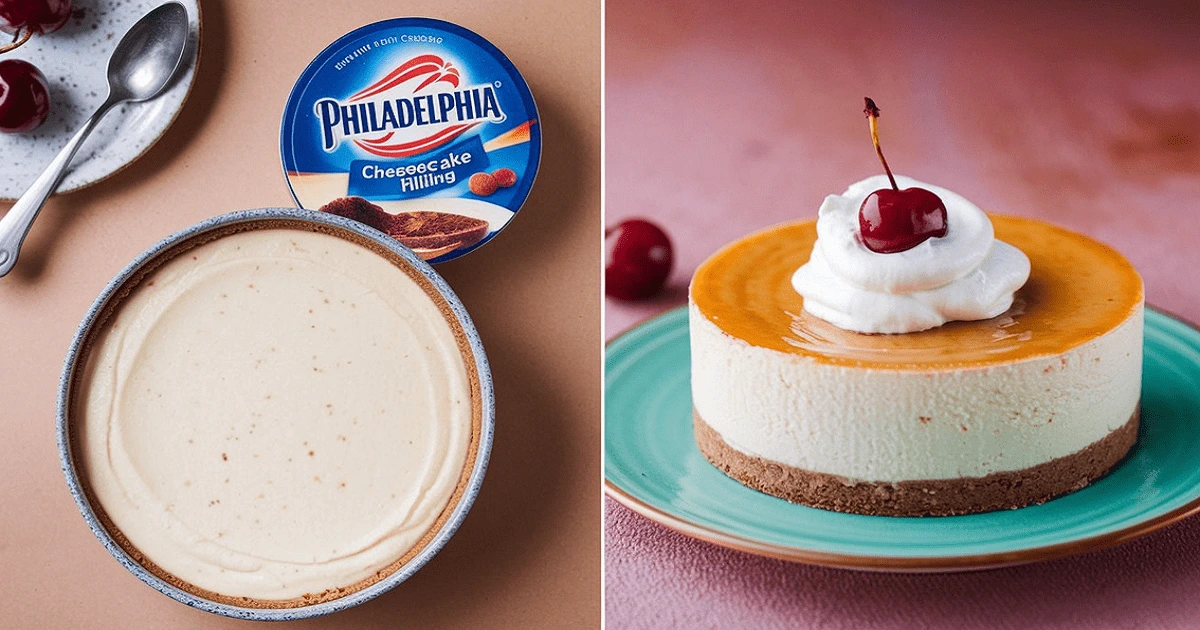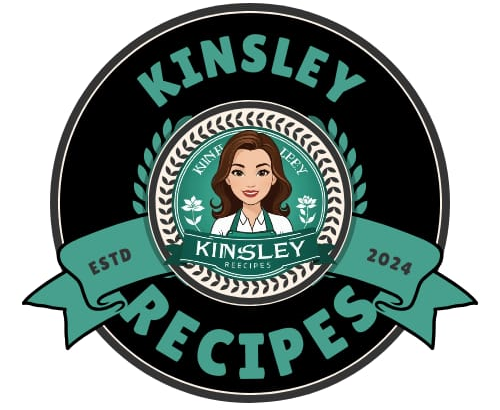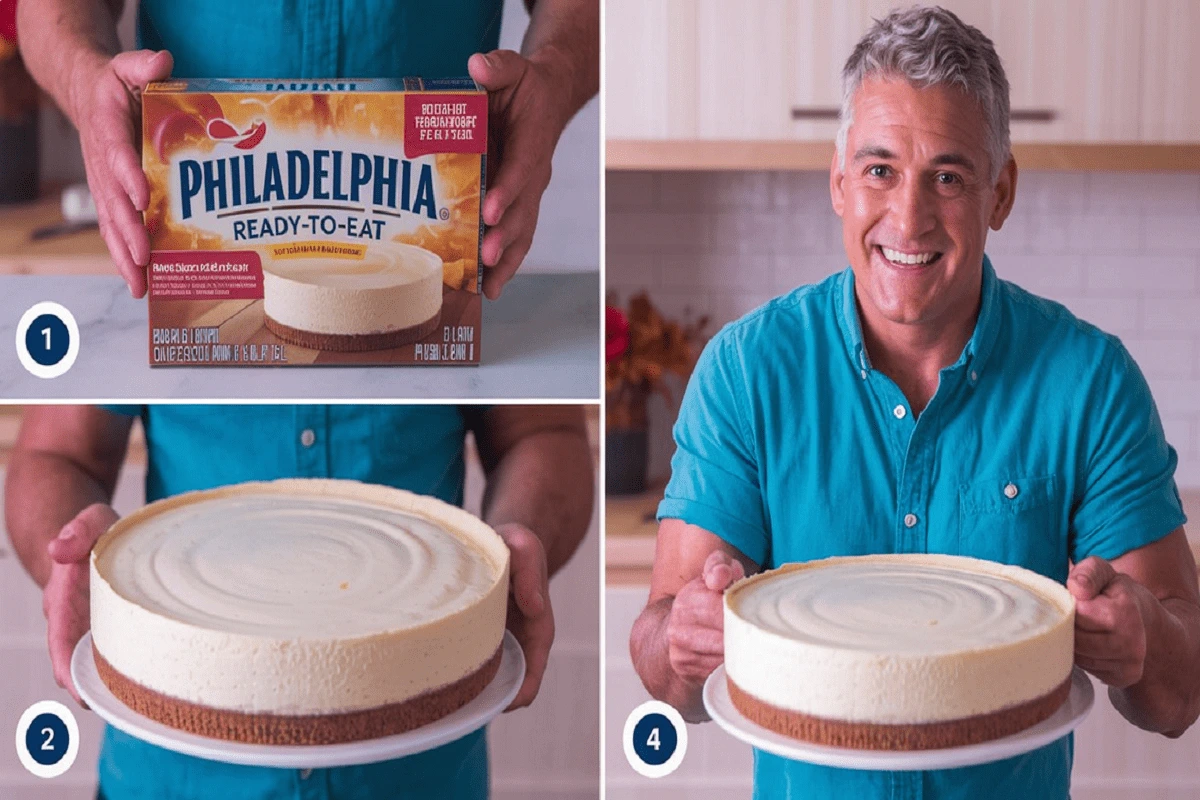Philadelphia’s ready-to-eat cheesecake filling is a popular option for creating quick, no-bake desserts. Its creamy texture and rich flavor make it perfect for effortless desserts like pies, parfaits, or simply spreading on a graham cracker crust. However, many home bakers have started to wonder: Can you bake Philadelphia ready-to-eat cheesecake filling in the oven?
The short answer is yes, you can bake it. However, there are several key considerations to keep in mind to ensure you get the right texture and flavor out of your baked cheesecake. In this comprehensive guide, we will walk you through how to modify and bake Philadelphia cheesecake filling, share the differences between baked and no-bake cheesecakes, explore common pitfalls, and provide answers to frequently asked questions.
Understanding Philadelphia Ready-to-Eat Cheesecake Filling
Philadelphia’s ready-to-eat cheesecake filling was specifically designed for no-bake recipes. Its pre-whipped consistency makes it incredibly light and airy—ideal for desserts that do not require baking. The main ingredients include cream cheese, sugar, and natural flavorings, giving it that signature taste that pairs well with a variety of bases, from graham crackers to pie crusts.
Key Attributes of Philadelphia Ready-to-Eat Cheesecake Filling:
- No-bake convenience: It’s ready to use directly from the tub, without needing to bake or add ingredients.
- Smooth and creamy: Thanks to its whipped texture, it spreads easily and has a light, fluffy feel.
- Versatile: It can be used in a wide range of desserts, from cheesecakes to trifles, or simply layered with fresh fruit.
Despite being marketed as a no-bake option, many bakers prefer the texture and flavor of baked cheesecake. So, let’s explore how you can successfully bake this ready-to-eat filling.
Why Bake Philadelphia Cheesecake Filling?
If the filling is marketed as a no-bake product, why would you want to bake it? Baking cheesecake filling transforms the texture and deepens the flavors, offering a denser, richer dessert that closely resembles traditional baked cheesecakes. The process of baking causes the ingredients to firm up and develop more complex flavors, resulting in a more satisfying mouthfeel compared to a no-bake cheesecake.
Benefits of Baking Philadelphia Ready-to-Eat Cheesecake Filling:
- Enhanced texture: Baking results in a firmer, more structured cheesecake.
- Richer flavor: The heat helps intensify the flavor of the cream cheese.
- Customizable Options: Adding ingredients such as eggs or vanilla extract can easily alter the texture and flavor to suit your preferences.
In essence, while the Philadelphia cheesecake filling is a fantastic no-bake option, baking it gives you the opportunity to create a more classic, structured dessert that pairs well with all kinds of toppings and crusts.
How to Bake Philadelphia Ready-to-Eat Cheesecake Filling
Baking Philadelphia cheesecake filling requires slight modifications to get the best results. The filling on its own may not hold up as well during the baking process because it’s designed to be soft and airy. By following this guide, you can turn the no-bake filling into a perfectly baked cheesecake.

Ingredients Needed (with Details):
- One tub (24.3 oz) of Philadelphia Ready-to-Eat Cheesecake Filling:
This pre-made filling is the star of the recipe, offering the signature creamy texture of Philadelphia cream cheese with the added convenience of a ready-to-use product. It eliminates the need for mixing various ingredients from scratch, making this recipe quick and easy. - 2 large eggs:
Eggs are essential for baking this filling, as they help bind and firm the mixture. Without them, the filling would remain too soft and wouldn’t hold its shape after baking. The eggs also give the cheesecake that classic, custard-like texture. - 1 teaspoon of vanilla extract (optional):
Vanilla extract is optional but highly recommended as it enhances the flavor of the cheesecake. It adds a subtle sweetness and complexity to the filling, elevating the overall taste. You can also experiment with other flavor extracts, like almond or lemon, for a unique twist. - Pre-baked graham cracker crust (or an alternative crust of your preference):
The crust is the foundation of your cheesecake. A graham cracker crust is a classic choice for cheesecakes due to its buttery, slightly sweet flavor that complements the rich filling. However, you can use other types of crusts, such as a digestive biscuit crust, Oreo cookie crust, or even a nut-based crust, depending on your preference. Pre-baking the crust ensures it stays firm and crispy after baking the filling.
Step-by-Step Instructions for Baking (with Extra Tips):
1. Preheat Your Oven:
Preheat your oven to 325°F (160°C). When you bake Philadelphia ready-to-eat cheesecake filling, a lower temperature ensures even cooking and prevents cracks. Slow baking helps the filling firm up smoothly.
2. Prepare the Filling:
In a bowl, mix Philadelphia ready-to-eat cheesecake filling with two eggs. Eggs help bind and set the filling when you bake it. Optionally, add vanilla extract for flavor. Stir gently to avoid overmixing, as it can lead to cracks when you bake Philadelphia ready-to-eat cheesecake filling.
3. Prepare the Crust:
If using a store-bought crust, skip to adding the filling. If you’re making your own crust, blind-bake it before adding the filling. Press crushed graham crackers or cookies mixed with melted butter into a pan, then bake for 10 minutes at 350°F (175°C).
4. Pour and Smooth:
After preparing the filling, pour it into the pre-baked crust. Smoothing the top evenly will ensure that your Philadelphia ready-to-eat cheesecake filling bakes without cracks.
5. Bake:
Place the cheesecake on the center rack and bake for 25-30 minutes. The edges should set while the center stays slightly jiggly. Avoid overbaking to maintain the ideal texture for your baked cheesecake.
6. Cool and Refrigerate:
Let the cheesecake cool at room temperature for about an hour. Afterward, refrigerate for at least 4 hours, allowing your baked Philadelphia ready-to-eat cheesecake filling to firm up and enhance its flavor.
For more ideas on how to make the perfect crust, check out these cheesecake crust variations that can enhance the base of your cheesecake.
Texture and Flavor: Baking vs. No-Bake
Now that you know how to bake Philadelphia cheesecake filling, let’s discuss the key differences between a baked cheesecake and a no-bake cheesecake. Both methods have their pros and cons, depending on the type of dessert you’re looking to create.

Texture Differences:
- Baked Cheesecake: Baked cheesecakes are firmer and more structured. The heat causes the ingredients to set, giving the cheesecake a dense, creamy texture that holds its shape when sliced.
- No-Bake Cheesecake: As the name implies, no-bake cheesecakes do not require any baking. As a result, the texture is lighter, fluffier, and creamier, but it won’t have the same firmness as a baked cheesecake.
Flavor Differences:
- Baked Cheesecake: Baking intensifies the flavor of the cream cheese, making it richer and more complex. You’ll notice that a baked cheesecake has a deeper, more satisfying taste.
- No-Bake Cheesecake: The flavor is more subtle and sweet. Since no heat is involved, the cheesecake retains a fresh, slightly tangy taste that pairs well with fresh fruit or whipped cream.
Both types of cheesecakes are delicious in their own right, but baking the Philadelphia ready-to-eat filling gives you that classic cheesecake experience many people love.
Customizing Your Baked Cheesecake
One of the greatest things about cheesecake is how easy it is to customize. Once you’ve mastered the baking technique, you can add a variety of toppings, flavors, and mix-ins to make your cheesecake unique. Here are some popular ways to personalize your baked cheesecake:
Topping Ideas:
- Fresh fruits: Strawberries, blueberries, raspberries, or peaches add a refreshing contrast to the rich cheesecake.
- Chocolate ganache: Drizzling melted chocolate over the cheesecake creates a decadent, rich flavor.
- Caramel sauce: A drizzle of caramel sauce pairs wonderfully with the creamy filling.
- Crushed cookies or nuts: Add texture and flavor by sprinkling crushed cookies, almonds, or pecans on top.
You can find more ideas for customizing your desserts on Kinsley Recipes, where various dessert recipes can inspire you to create the perfect cheesecake.
Common Mistakes to Avoid When Baking Cheesecake
Cheesecake, while delicious, can sometimes be tricky to bake. Here are some common mistakes people make when baking cheesecakes and how to avoid them.
1. Overmixing the Filling
Overmixing can cause too much air to be incorporated into the filling, resulting in cracks during baking. Be gentle when stirring the ingredients together to avoid air bubbles.
2. Skipping the Water Bath
Although not mandatory, baking the cheesecake in a water bath can help regulate the temperature, leading to an even bake. It also helps to prevent the top of the cheesecake from cracking.
3. Overbaking
Cheesecake keeps cooking even after being taken out of the oven. If overbaked, it may turn dry and crumbly. To avoid this, take the cheesecake out of the oven when the center still has a slight jiggle.
FAQs About Baking Philadelphia Ready-to-Eat Cheesecake Filling

1. Can You Eat Philadelphia No-Bake Cheesecake Filling Without Baking?
Yes! Philadelphia no-bake cheesecake filling is designed to be eaten as is. It’s perfect for no-bake cheesecakes, parfaits, or even layered desserts. You can enjoy it directly from the container, making it one of the easiest dessert options available.
2. What Ingredients Are in Philadelphia Cheesecake Filling?
Philadelphia cheesecake filling contains cream cheese, sugar, and natural flavorings. It’s pre-whipped to achieve a light and creamy consistency that’s ready to use in various dessert applications.
3. Should Cheesecake Filling Be Runny Before Baking?
The filling should have a smooth, thick consistency before baking. If your filling is too runny, you can thicken it by adding an extra egg or a small amount of flour.
4. Can You Eat Cheesecake Straight Out of the Oven?
No, cheesecake should be allowed to cool and set before eating. It is advisable to refrigerate the cheesecake for a minimum of four hours after baking to ensure it sets properly. Eating it too soon can result in a runny texture.
Nutritional Modifications for Baked Cheesecake
If you’re looking to make your cheesecake a bit more suitable for different dietary needs, there are several ways to modify the recipe. Here are a few suggestions:
- Lower the sugar: You can use a sugar substitute to reduce the sugar content in your cheesecake.
- Use low-fat cream cheese: Replacing regular cream cheese with a lower-fat option will reduce the overall fat and calorie content of the dessert.
- Gluten-free crust: Swap out a traditional graham cracker crust for a gluten-free alternative, like crushed almond flour or gluten-free cookies.
These small changes can help make the cheesecake more adaptable for a wider variety of diets without sacrificing flavor.
Conclusion
Baking Philadelphia ready-to-eat cheesecake filling is a fantastic way to merge convenience with the rich, traditional experience of a baked cheesecake. This pre-made filling, designed primarily for no-bake recipes, can easily be transformed into a dense, creamy, and firm cheesecake by making a few simple modifications. The addition of ingredients like eggs and vanilla extract enhances the structure and flavor, giving the cheesecake a rich texture that rivals those made from scratch.
The process is straightforward—after blending the filling with eggs for stability, you can bake it in a pre-baked crust at a low temperature to avoid cracks and overbaking. The result is a perfectly baked cheesecake that holds its shape, has a deeper cream cheese flavor, and pairs beautifully with a variety of toppings such as fresh fruits, chocolate drizzle, or nuts. Whether you’re an experienced baker or someone looking to simplify their cheesecake-making process, this method allows you to create a classic dessert with minimal effort.
For more creative dessert recipes, including additional cheesecake variations, visit Kinsley Recipes, where you’ll discover a wide array of ideas to inspire your next sweet treat!

